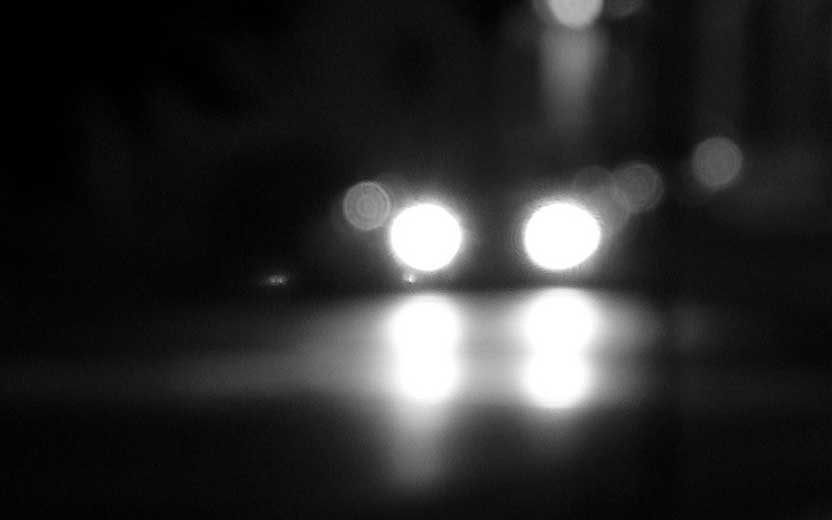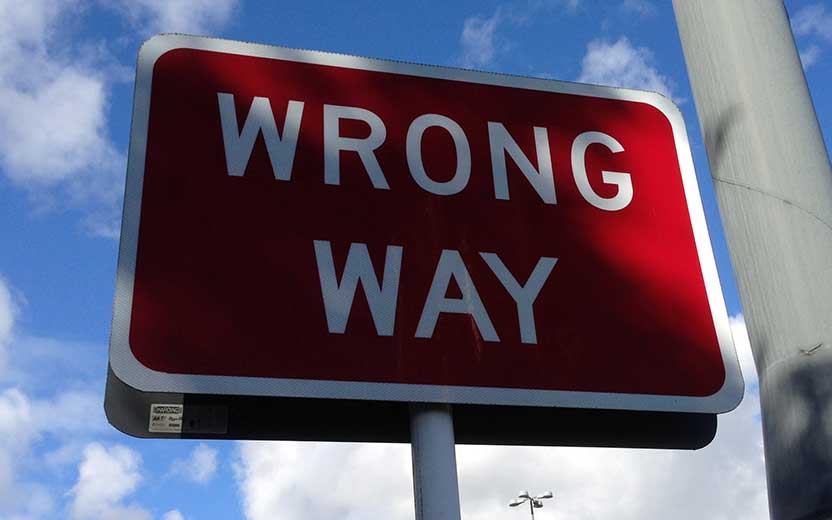By Marcus Fernandez
Florida has held the dubious distinction of being named the worst state in terms of fatalities caused by intersection crashes. There is a reason that the state transportation department designates intersections as “designed points of conflict.” Recognizing why accidents happen at key Tampa’s dangerous intersections may help motorists to avoid their next crash.
Dangerous Intersections Stand Out
According to the National Highway Traffic Safety Administration, more than a third of crashes take place at intersections. Two Tampa Bay area intersections made it to a list of the most dangerous intersections in the nation. Many factors contribute to the dangerousness of these locations. The volume of traffic and the propensity of vehicles to not obey traffic signals increase the likelihood of accidents.
Red-light camera data
U.S. 19 and Trouble Creek Road in New Port Richey and 22nd Street and East Hillsborough Avenue both landed on the list based upon data collected from red-light cameras across the country.
Local group, “All for Transportation,” is also concerned about road safety in Hillsborough County. They developed a list of intersections with the highest number of accidents in the county, including:
- Sheldon Road and Waters Avenue W. in Tampa
- Anderson Road and Waters Avenue W. in Tampa
- Waters Avenue W. and Hanley Road in Town N’ Country
- Hillsborough Avenue and Sheldon Road in Town N’ Country
- U.S. 301 and Gibsonton Drive in Riverview
- Waters Avenue W. and Himes Avenue N. in Tampa
- U.S. 301 and Big Bend Road in Riverview
- Bruce B Downs Blvd and Fletcher Avenue E. in Tampa
- Bloomingdale Avenue and Bell Shoals Road in Brandon
- Bloomingdale Avenue and Providence Road in Riverview
Recognizing what causes accidents at these intersections may lower your risk of being involved in one of them.
Causes of intersection accidents
The number of vehicles running red lights may have brought two Tampa intersections to national prominence. However, other causes of intersection accidents exist, including:
- Failing to obey stop signs by coming to a complete stop before proceeding.
- Failing to yield the right of way at intersections controlled by one or more yield signs.
- Following too closely behind other vehicles.
- Failing to yield to pedestrians in crosswalks.
- Failing to signal turns.
- Making a left turn at an intersection and not yielding to oncoming traffic.
Intersection collisions cause more than 21% of all fatalities in motor vehicle accidents in the U.S. and almost 45% of the non-fatal injuries. Many of the causes listed above are due to driver error. Therefore, we can potentially prevent accidents at intersections by modifying driver behavior.
Motorist distraction is the underlying cause of many accidents occurring at intersections. Distracted motorists approaching intersections may not see pedestrians or other vehicles already in their path. They also may not be aware of a stop sign or other traffic control device.
Curtailing Causes of Accidents at Dangerous Intersections
Recent legislation and law enforcement efforts aim to make drivers aware of the dangers of distracted driving. Most have focused on texting and talking on a cellphone. In fact, as of January 1, law enforcement no longer has to give a warning, but can immediately issue citations for texting and driving. Other distractions that could cause a motorist to be involved in intersection accidents include:
- Conversations with other occupants of the vehicle
- Eating
- Applying makeup and other grooming behavior
- Pets allowed to roam freely in the vehicle
- Correcting children seated in the backseat
- Tuning audio systems
- Adjusting air conditioning controls
- Checking and adjusting navigation systems
Distracted driving when approaching an intersection is especially dangerous. Typically, there is a lag time between when a driver perceives the need to brake and when the vehicle stops. A distracted driver’s reaction time may be delayed. A car traveling at 55 mph could cover almost 300 feet before it comes to a complete stop once the driver applies the brakes.
Making intersections safer
Beyond awareness campaigns and punishing laws for violations, Florida government officials have taken design steps to make intersections safer. One method used in Tampa includes the installation of roundabouts at 25 intersections.
A roundabout changes the configuration of an intersection. It makes it circular with traffic entering and exiting through roads leading up to and connecting with it. Roundabouts force vehicles to slow down when entering and proceeding around them. With traffic slowed, any accident occurring at a roundabout may not be as severe. It’s also less likely to cause serious injuries or fatalities seen in high-speed collisions at traditional intersections.
Researchers have also tried to make Tampa intersections safer by controlling the timing of left-turn signals. Cameras and sensors determine when an intersection is free of pedestrians or oncoming vehicles. The system uses the information to decide when it is safe for a car to make a left turn at the intersection. It changes a red arrow, preventing a turn, to a flashing yellow one. This allows an approaching or waiting vehicle to make the turn safely and improves the flow of traffic.
Help for victims of accidents at Tampa intersections
Design and technology efforts initiated by local government combined with education efforts may help to reduce the number and severity of intersection accidents. Anyone injured in an accident at one of Tampa’s dangerous intersections should seek the advice of a personal injury attorney. An experienced accident lawyer will provide a complimentary consultation and help get the compensation deserved from at-fault drivers.


